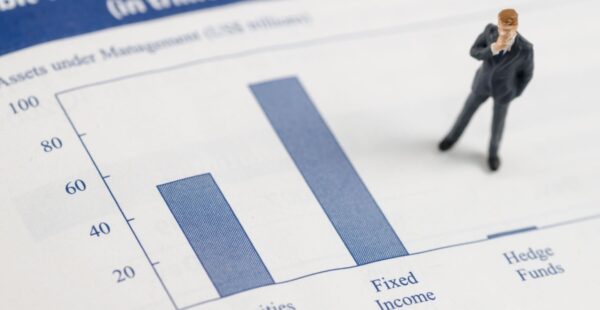EM equities “well placed” to rebound: NinetyOne

Global active investment manager, NinetyOne, has laid the case for a rebound in emerging markets (EM) equities as investor sentiment and the market environment shifts.
Varun Laijawalla and Archie Hart, co-Portfolio Managers of NinetyOne’s Emerging Markets Equity Strategy highlighted five key factors that signal a turning point for EM equities and returns for investors.
Laijawalla and Hart pointed out the “strong inverse relationship” between the US dollar and EM equities performance, with a strong dollar normally presenting as a headwind.
“However, we don’t need the US dollar to fall for the EM equity asset class to succeed, we just need it to stop rising as steadily as it has over the past 10 years,” Laijawalla said.
“With Fed rate cuts on the horizon, we may see easing in the one-way dollar trade. While its future path is unclear and unlikely to be linear, the scope for further dollar upside may be more limited than previously.
“This is important for EM equities, which tend to outperform in a dollar downcycle over a multi-year period.”
EM equities are also set to benefit from the prospect of central bank rate cuts, with EM economies and business activity expected to thrive as a result of the reduction in cost of capital.
“The increased levels of share buybacks and dividends paid out paints a positive picture and signals that management teams believe their shares are undervalued by the market and see better growth prospects and cashflow generation in the coming years,” Hart said.
“This improvement in corporate governance, along with higher standards of operating performance, has been evident in the broader EM equity asset class.”
Laijawalla and Hart also indicated the growth in income levels in emerging markets, as well as increased economic activity due to a shift away from more advanced western economies, also acts as a tailwind for investments.
“Other multi-decade structural themes that have the potential to generate long-term value for EM equity investors include technological development, drive towards net zero, efforts to enhance supply-chain resilience, government stimulus and infrastructure expansion. Together, these have heralded a new capex super-cycle.
“Companies that win in this environment are likely to look very different to technology leaders of the last cycle. These trends will likely create rich alpha opportunities for investors in the EM equity asset class,” Laijawalla said.
However, both Laijawalla and Hart warned of certain risks that could “drive up market volatility and or delay a turn in the cycle”.
“These include the US election outcome in November and resulting implications for EM; higher-for-longer rates in the US should inflation prove to be stickier than expected; policy missteps; and further lacklustre economic growth from China despite recent fiscal and monetary stimulus.
“Short-term fears and souring sentiment from further geopolitical headwinds could overshadow longer-term
considerations, delaying a turnaround for the asset class. However, it would also provide opportunities for bottom-up stock pickers.”
“While political uncertainty prevails and the economic outlook is mixed, we believe much of the risk is already priced into equity valuations. Furthermore, the divergence in sector, country and stock performance is high, creating a favourable environment for stock-pickers,” Hart said.
“EM equities have been in a more-than decade-long bear market relative to developed market stocks. With a caveat about the difficulty of timing inflection points, the building blocks for a turnaround are falling into place, with parallels to the point some 20 years ago that preceded a bull-run. While timing will always be uncertain and various macro and geopolitical risks will need to be navigated carefully, a market regime shift does appear to be on the horizon,” Laijawalla said.











"They need to ditch the “grandfathered” CFPs which totally undermine the value of the CFP designation." I said this years…
FAAA only has about half of the practising adviser population as members. (They also have lots of miscellaneous hangers on…
Anyone entering this profession to do the Professional Year would clearly lack the intelligence to gauge the probable risk/return of…
Utterly appalling from Cbus. Are the members paying the fines? Royal Commission required. This is a joke. Australia deserves better.
Ban them